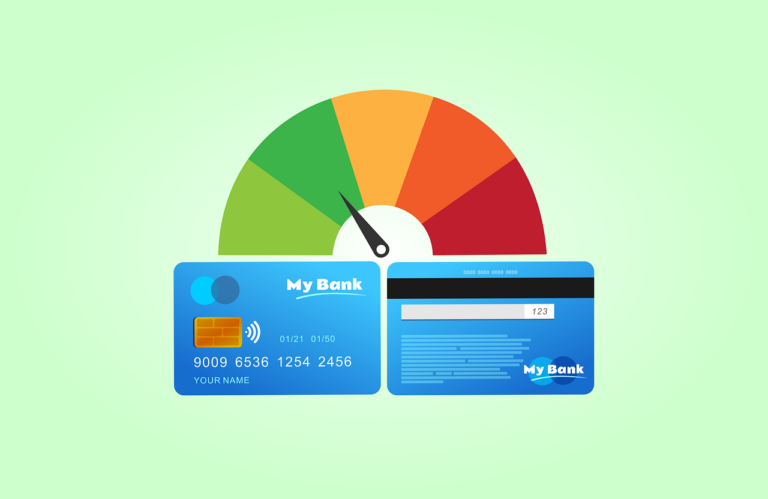A letter of credit also called a credit letter or documentary credit, is a document that a bank provides to its customers, but for many people, the need and purpose of this document remain rather unclear. To help you better understand what a letter of credit means and why it is a necessary document, title loans Texas experts have dedicated this post to explaining the important aspects of a credit letter and covering the frequent questions regarding this document.
What is a letter of credit?
In brief, a letter of credit is a document issued by a bank or other financial institution in which the bank guarantees the payment to a certain company or individual and that certain conditions will be met and in proper time. This means a bank guarantee that a buyer is able to pay a seller for their services or products.
This assurance warrant that a business owner will pay their obligations to customer and vendors on time. This peculiarity is especially important in international trading. However, even though its importance is best reflected in international transactions, a letter of credit is the usual practice in domestic applications as well.
When the credit letter is issued by a bank, the bank guarantees that a bank’s client will pay its obligation on time in the exact amount. On the other hand, if a purchaser doesn`t pay the due on time and in full amount, the bank will cover the remaining balance on the client’s behalf.
In practice, receiving timely payments for business is crucial, especially if your business trades in international dealings, exports, and imports. International trading considers different laws and regulations, and distance plays an important factor, having a credit letter provides beneficial insurance.
For buyers that make large purchases credit letter is efficient in assuring the seller that they will pay for the purchase on time and in complete amount.
For issuing a credit letter banks charge fees.
How does a letter of credit work?
To get a credit letter, a buyer must apply for it in a chosen bank. The bank will then review the buyers’ creditworthiness and if it’s satisfactory the bank will issue the letter of credit. The issued credit letter has to be verified to have legal strength. If the credit letter is transferable, the buyer can assign another entity for a beneficiary such as a third party or corporate parent, the right to draw on.
The fee a bank issues for providing credit letters is often a percentage of the credit they are backing. This percentage varies, but the average is around 0,75% of the guaranteed amount.
Credit letters can be tailored and personalized to meet the preferences of clients and have tailored conditions for each individual transaction.
Types of credit letters
There are numerous credit letters available, but we shall mention only the most frequent ones:
- Commercial credit letters
A commercial credit letter is a direct practice of payment in which banks pay the due on behalf of the buyer. On the other hand, the secondary type is a standby credit letter in which case the bank pays the beneficiary only when a buyer can not.
- Revolving credit letter
Revolving a credit letter allows the client to make multiple draws within a credit letter limit and during a certain period.
- Traveler`s credit letter
This letter of credit guarantees that a bank will honor the drafts made at banks over the border.
- Confirmed credit letter
In the case of a confirmed credit letter, a bank request of the issued bank provides a letter of credit.
Advantages and disadvantages of credit letter
The advantages of letters of credit are that they are convenient in creating security and trust between buyer and seller, define the specifics of the transaction, and make transaction funds streamlined and efficient.
The disadvantages of credit letters are their fees, issuing a credit letter can take time and the credit letter doesn`t consider economic and political changes that can impact the transaction. Additionally, a credit letter if not personalized, might not cover all the details and circumstances of the transaction leaving room for potential errors.
Summary
A credit letter can be a beneficial instrument for both parties in a transaction. You can discuss with your bank which type of bank credit will best meet your needs and is appropriate for the circumstance of your future transactions individually.

